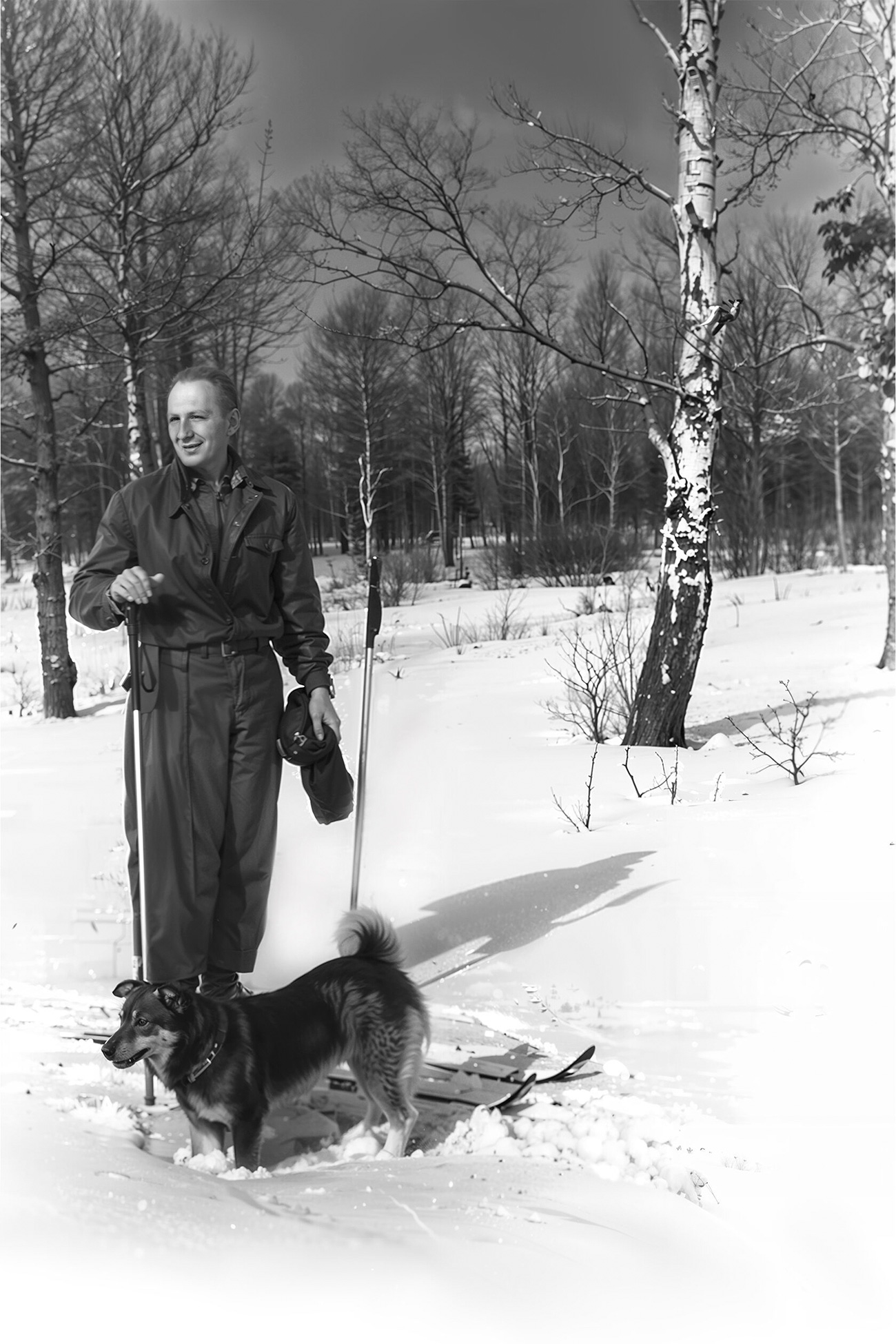How the USSR built a dacha village for academicians (PHOTOS)

Back in the 1930s, with the approval of Joseph Stalin, a dacha settlement was built for Soviet writers in Peredelkino near Moscow. They were given free houses with plots of land, where they could create their masterpieces and praise Soviet power all year round, without being separated from their families and finding themselves in the serenity of the forest.
During World War II, scientists became the new elite. They worked intensively and successfully on the tasks of the front. They optimized and automated the production of ammunition, made medical discoveries that made it possible to treat soldiers more effectively and learned to synthesize vitamins to make food supplements for the starving.
After the war, scientists zealously took on the nuclear project, improved the aviation industry, expanded bridge building and made the most important mathematical and biological discoveries.
‘Peredelkino’ for scientists
In 1947, the USSR Council of Ministers decided to build a dacha village for full members of the USSR Academy of Sciences. A picturesque ravine near the Mozzhinka River was personally chosen by Sergey Vavilov, President of the Academy of Sciences (brother of the famous geneticist and biologist Nikolai Vavilov). That’s how the village of academic dachas, Mozzhinka, appeared not far from Zvenigorod.
 First dacha houses
First dacha houses
The general plan of the settlement was created by legendary architect Alexey Shchusev (who also received a dacha there). The first 67 plots were fitted with standard two-storey Finnish houses with garages.
Each house was supplied with electricity, water supply and sewerage. Mozzhinka had its own central heating and, in time, there was also a main gas system and a telephone line with direct Moscow numbers.
 The House of Scientists
The House of Scientists
There were no such luxurious conditions in any other dacha settlement. Scientists were really able to spend all holidays and weekends at the dachas without taking time off from work.
 The House of Scientists after the restoration
The House of Scientists after the restoration
In 1955, the luxurious House of Scientists was built here in the best traditions of Stalin's Empire style. The two-storey palace with columns was richly decorated with stucco, including a cinema hall for 200 seats, a billiard table, a dining room and a library.
 Parade stairs in the House of Scientists
Parade stairs in the House of Scientists
Today, the palace has been restored and an exhibition devoted to academicians has been opened in it.
Who lived here?
“Dad had an office with access to a separate glassed-in terrace, with a paved stone slab in front of it, surrounded by flowers. All this was on the side opposite the main entrance, so that no one and nothing would interfere with his work and rest,” daughter of Soviet radiophysicist Vladimir Kotelnikov once recalled.
“In summer, when the weather was good, dad usually worked on the terrace, did his morning exercises and rested in a chaise lounge, thinking, reading and napping. In winter, he worked in the study and sometimes upstairs in the bedroom,” she added.
 Academicians Alexander Skochinsky (left) and Lev Shevyakov (right) at the dacha of Academician Vladimir Obruchev in Mozzhinka
Academicians Alexander Skochinsky (left) and Lev Shevyakov (right) at the dacha of Academician Vladimir Obruchev in Mozzhinka
Marie Curie's daughter Irene Joliot-Curie and her husband Frederick, both Nobel laureates, would often visit their friend, Soviet physicist Dmitry Skobeltsyn, in Mozzhinka.
Physiologist Vasily Parin, who was in charge of cosmonauts medical support during space flights, built a dacha here with his own hands. And legendary Yuri Gagarin helped paint his fence.
 Ancient Savvino-Storozhevsky Monastery is located nearby
Ancient Savvino-Storozhevsky Monastery is located nearby
Architect Alexey Shchusev kept his archives at the dacha in Mozzhinka. His sketches of the Marfo-Mariinsky Monastery were conveyed from there to the Tretyakov Gallery.
Physicist Lev Landau also had his own dacha and he liked to visit his physicist neighbor Abram Alikhanov. Pyotr Kapitsa, another great physicist, often came to visit him, as well. There is a story that Alikhanov, a participant of the nuclear project, was so fond of gardening in Mozzhinka that, once, he came to an important meeting right in his dacha clothes and dirty rubber boots.
 Academician Mikhail Dubinin on a ski walk in Mozzhinka
Academician Mikhail Dubinin on a ski walk in Mozzhinka
The most famous scientists and academicians had summer houses in Mozzhinka: the architect Vesnin brothers, biochemist Lydia Stern, historian Eugene Tarle, infamous biologist Trofim Lysenko, scandalous philosopher Georgy Alexandrov and many, many others. Many of the descendants of these academicians still live on these plots.


